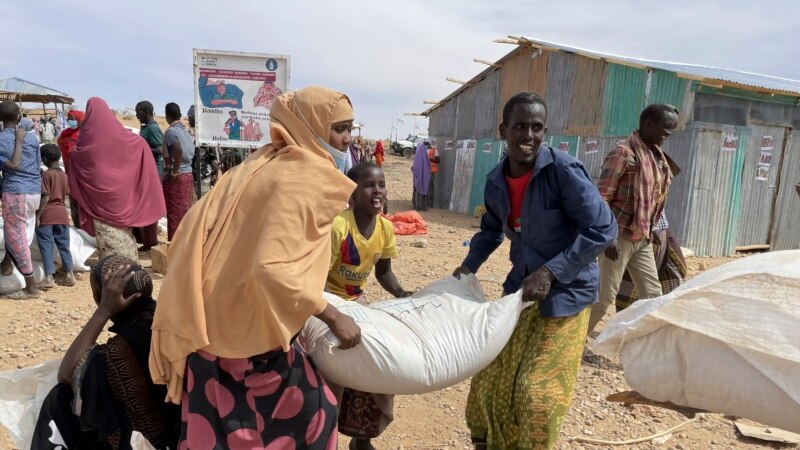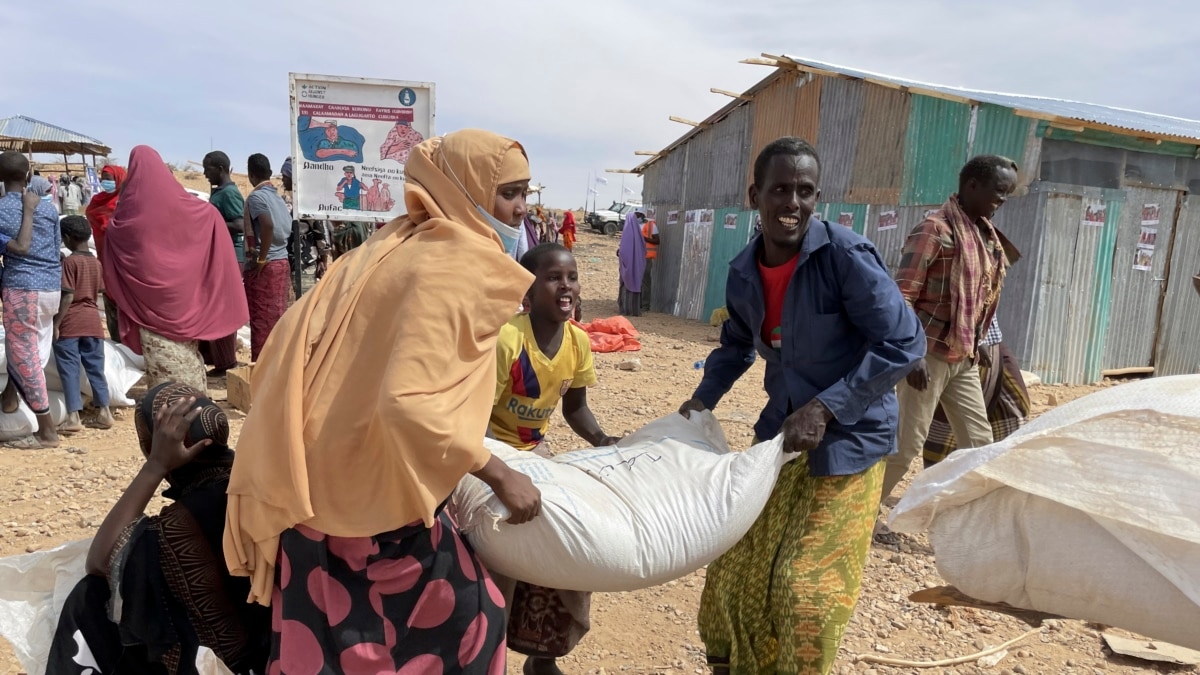This website uses cookies so that we can provide you with the best user experience possible. Cookie information is stored in your browser and performs functions such as recognising you when you return to our website and helping our team to understand which sections of the website you find most interesting and useful.


Aid agencies working in East Africa warn of a massive humanitarian crisis if the coming rainy season falls short of expectations. The aid groups say persistent drought has left 44 million people in urgent need of assistance across Ethiopia, Kenya, Somalia and South Sudan.
Millions of people are on the move in East Africa as drought takes their livelihoods and most are forced to flee their homes in search of food and water.
Francesco Rigamoti is the regional humanitarian coordinator for Oxfam Horn East and Central Africa. He says if nothing is done, the situation is poised to get worse in coming weeks.
“The crisis can actually worsen until and beyond June if the March to May rains fail to be average or below average," he said. "There is a concrete possibility that in Kenya, Somalia and Ethiopia, only between 15 and 20 million people will be in IPC 3 phase and above and unfortunately, the experts are telling us in South Sudan already between May and July 8.3 million people will be in this situation.”
The aid agencies use the IPC scale to classify households' food insecurity. IPC phase 3 means the households have food consumption gaps that can lead to acute malnutrition.
Since January, at least 13 million people in Ethiopia, Kenya and Somalia have been displaced in search of water and pastures for their livestock.
In Kenya, crop production has dropped by 70%.
Oxfam International head Gabriela Bucher traveled to Somali regions to witness the drought situation and what it is doing to people. She says communities are finding it difficult to adapt to the change in weather patterns.
“For centuries pastoralists have had an extremely resilient and incredible coping mechanism in very harsh conditions but the current situation, the severity of the long drought extension and how many countries are affected is breaking those traditional mechanisms and in reality, we see that the climate crisis is present there and they are suffering the worst consequences of something that [they did] nothing to generate. So we know this is an issue of justice because it's us, the global community that needs to be aware and respond,” she said.
The aid agencies say more than 650,000 Somalis have fled their homes due to drought, leaving almost half of the children under the age of five acutely malnourished.
Javier Rio Navarro is head of ECHO Somalia, a European Union emergency response organization. He says the country is facing famine.
“Today, we face a number of hard truths in Somalia," he said. "The consequences of the drought are catastrophic and pose a very real threat of famine in the country. The other real truth is that the capacities of the partners are overstretched and the additional reality is that additional funding is hard to come by. Hence collectively, we need to recognize that the single common priority of humanitarians in Somalia today is to save lives.”
In 2017 humanitarian organizations averted possible famine by getting supplies to communities in hard-to-reach areas on time and using the lessons learned during the 2011 famine which killed a quarter of a million people.
Aid agencies are appealing for more funding to reach millions and save lives.



 Africana55 Radio
Africana55 Radio 
